1. Bloodletting
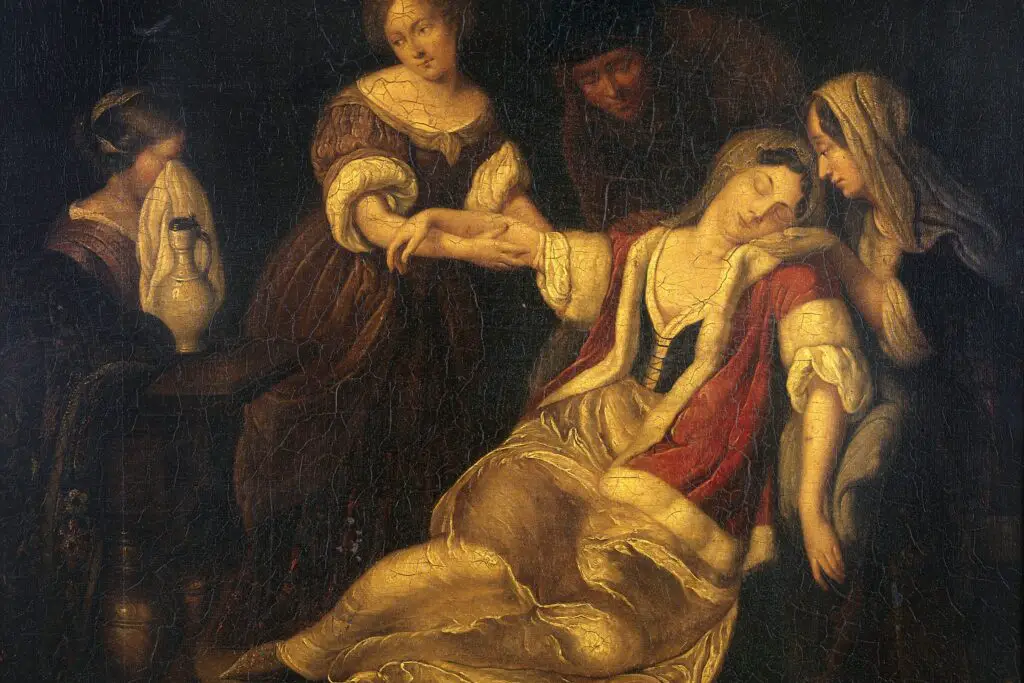
For centuries, doctors believed the body’s health depended on balancing its “humors,” and if you were sick, the solution was often to drain blood. Patients might have a vein opened with a blade or be fitted with leeches, who happily did the job for the physician. This was thought to rid the body of “bad blood” and restore equilibrium, though in reality it often left people weak and more prone to infection. George Washington famously underwent bloodletting during his final illness, and some believe it hastened his death.
The practice stuck around far longer than you’d expect, even after medicine began advancing. While leeches do still have limited uses today in reconstructive surgery, the old-fashioned idea that bloodletting cured everything from a fever to pneumonia has thankfully been abandoned. In the end, this misguided treatment probably harmed more people than it ever helped.
2. Trepanation

Imagine having a hole drilled into your skull without anesthesia. Trepanation was one of the earliest recorded surgical procedures, dating back thousands of years, and it was used well into the modern era. The idea was that releasing pressure or “evil spirits” from the brain would cure anything from migraines to seizures.
Many patients didn’t survive the procedure, and those who did often suffered permanent brain damage. Today, it’s shocking to think that such a dangerous and painful method was ever considered normal. Modern neurosurgery bears no resemblance, but trepanation stands as a reminder of how desperate people once were to find relief.
3. Mercury Treatments
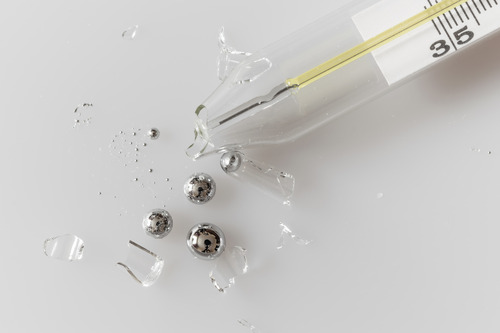
Mercury, a toxic heavy metal, was once considered a cure-all. In the 18th and 19th centuries, it was commonly prescribed to treat syphilis, skin diseases, and even constipation. Patients were given mercury pills or ointments, not realizing that the substance slowly poisoned their bodies.
Symptoms of mercury poisoning—tremors, tooth loss, and severe mental decline—were often mistaken as signs of the disease itself. Instead of healing, patients deteriorated until they were shells of their former selves. It’s a chilling example of how medicine, before understanding chemistry, could actually worsen the illness it meant to cure.
4. Radium Therapy
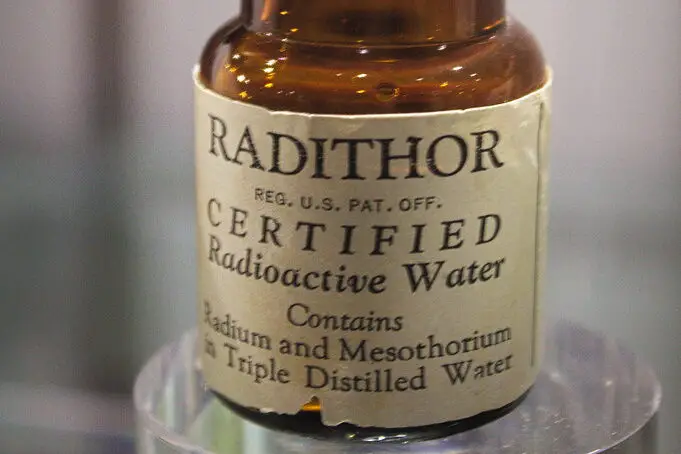
When Marie Curie discovered radium, the world became fascinated by its glowing properties. By the early 20th century, radium was sold in tonics, cosmetics, and even water to boost “vitality.” Doctors promoted radium therapy as a modern miracle, claiming it could cure arthritis, cancer, and even impotence.
Unfortunately, prolonged exposure to radium led to horrific consequences. People developed radiation burns, lost their jaws, and died young from cancers. The infamous “Radium Girls,” factory workers who painted watch dials with glowing paint, were some of the most tragic victims. What was once marketed as life-giving turned out to be deadly.
5. Lobotomies
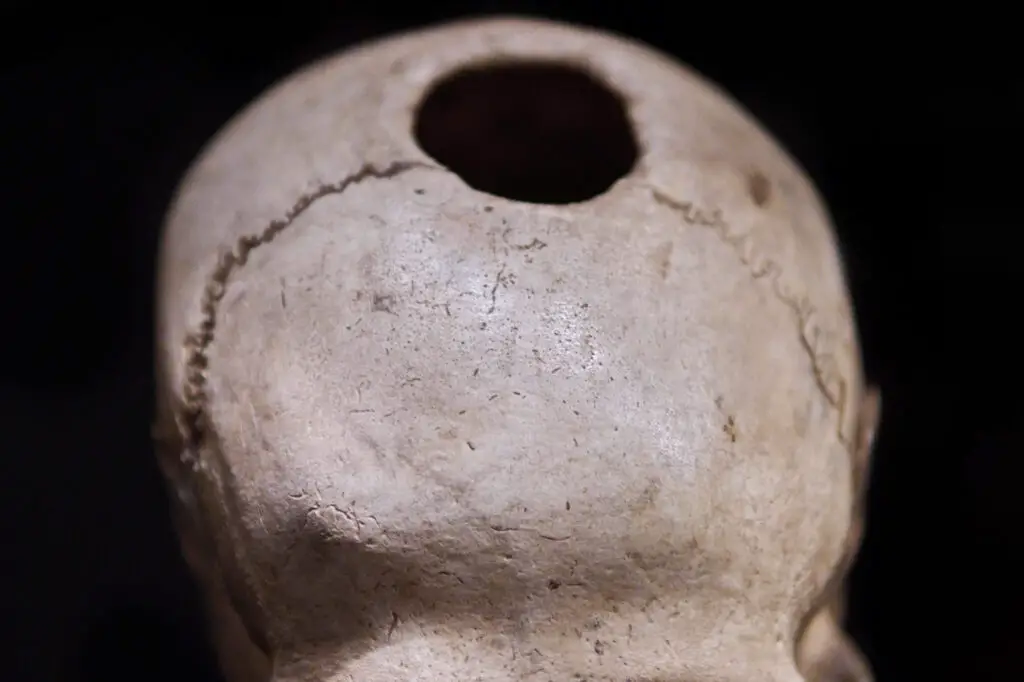
In the 20th century, lobotomies were touted as a groundbreaking solution for mental illness. The procedure involved severing connections in the brain’s frontal lobe, often by inserting an ice pick through the eye socket. At the time, it was thought to calm patients with depression, schizophrenia, or anxiety.
While some patients appeared more docile afterward, many were left with severe cognitive disabilities, personality changes, or were rendered essentially catatonic. By the 1950s, antipsychotic medications began replacing lobotomies, and the practice was widely discredited. Still, tens of thousands of people suffered needlessly under this dangerous treatment.
6. Snake Oil
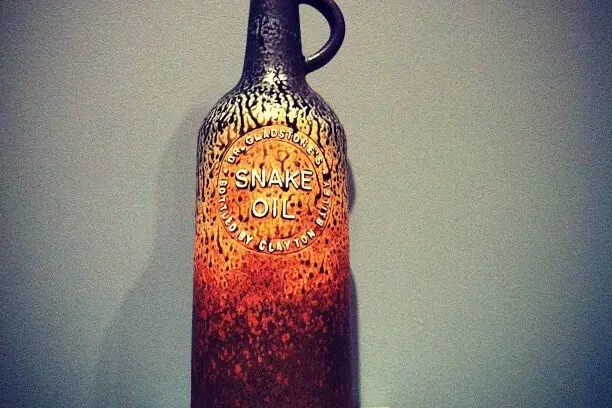
The phrase “snake oil” has become synonymous with fraud for a reason. In the 19th century, traveling salesmen pushed bottles of so-called miracle cures, often made from alcohol, opium, or completely useless ingredients. They promised to heal everything from arthritis to baldness.
Not only were these tonics ineffective, but many were addictive or outright toxic. Desperate people wasted their money and sometimes ruined their health chasing hope in a bottle. Today, the term is still used for any too-good-to-be-true medical promises, a lasting legacy of these dangerous concoctions.
7. Arsenic Medicines
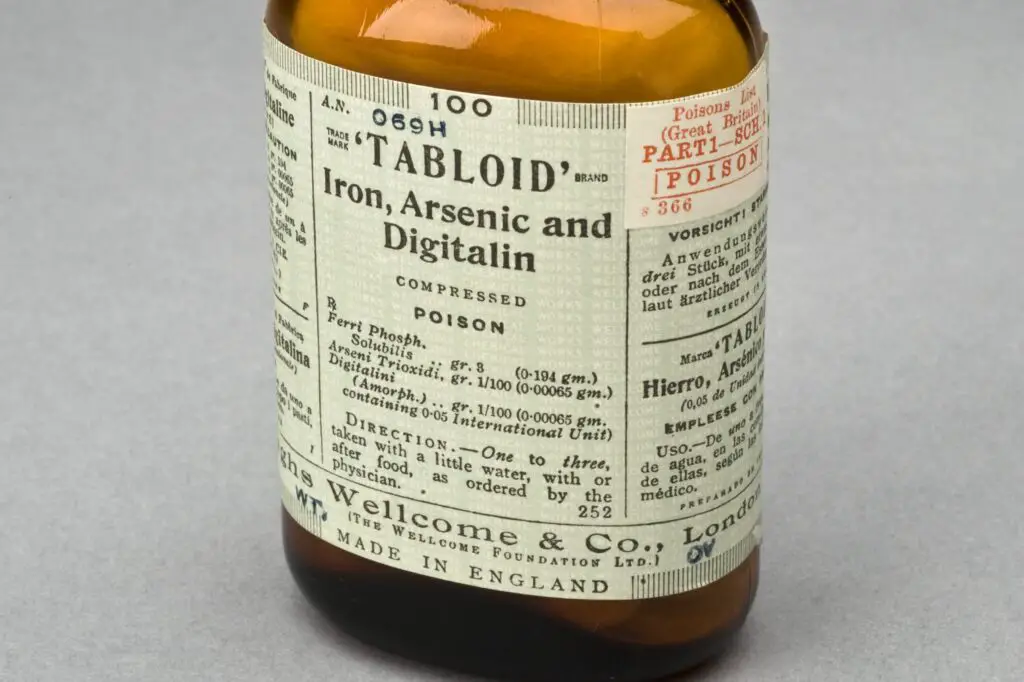
Arsenic, a notorious poison, was once prescribed as a medical treatment. In the Victorian era, it was used for conditions like asthma, syphilis, and even to improve skin complexion. Arsenic tonics and pills were sold over-the-counter, and patients often took them daily.
Of course, arsenic is highly toxic, and prolonged use led to hair loss, organ failure, and death. Even worse, poisoning symptoms developed so slowly that people often didn’t realize what was killing them. What we now associate with murder mysteries was once handed out by doctors as medicine.
8. Electric Shock Therapy (Early Versions)

While modern electroconvulsive therapy has been refined and is still in use for certain mental health conditions, early versions were crude and terrifying. Patients in the mid-20th century were strapped down and shocked without anesthesia, often suffering broken bones from the violent convulsions.
The idea was to “reset” the brain, but instead many patients experienced memory loss, trauma, and further psychological damage. While the treatment wasn’t always fatal, it was undeniably brutal in its early form. Thankfully, today’s use of ECT looks nothing like those dark beginnings.
9. Heroic Medicine

In the 18th and early 19th centuries, “heroic medicine” was the belief that aggressive, extreme interventions were the best way to treat illness. This often meant combining bloodletting, blistering, and massive doses of toxic drugs like calomel (a mercury compound). Patients endured treatments that left them weaker than the disease itself.
Doctors at the time believed that the harsher the cure, the stronger the healing. In reality, countless people died from what amounted to medical torture. It’s a stark reminder of how the term “doctor’s orders” didn’t always mean safety or healing.
10. Tobacco Smoke Enemas

One of the strangest forgotten treatments involved blowing tobacco smoke directly into a patient’s rectum. In the 18th century, this was thought to revive drowning victims or treat ailments like colds and headaches. Special kits were even kept along rivers for emergencies.
Needless to say, this didn’t work, and it exposed patients to the harmful effects of tobacco in an especially invasive way. Eventually, medical science recognized the absurdity of the practice. Still, it remains one of the more bizarre and dangerous chapters in medical history.
11. Thalidomide
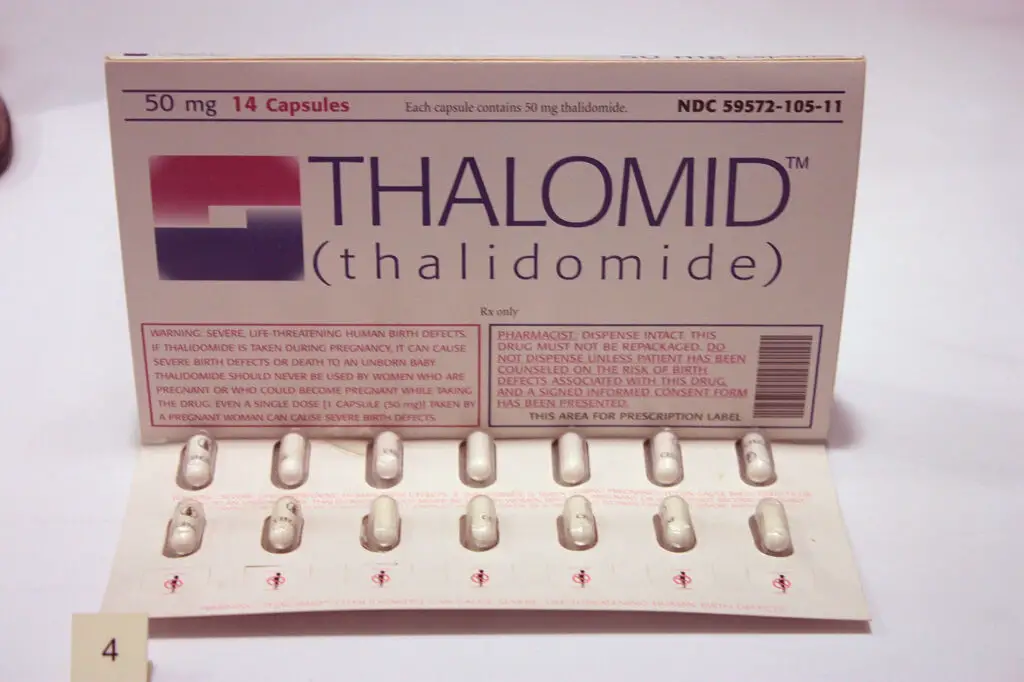
In the 1950s and 1960s, thalidomide was marketed as a safe sedative and morning sickness pill for pregnant women. It quickly gained popularity, with doctors praising its apparent effectiveness and low risk of overdose. Tragically, the drug caused severe birth defects, leaving thousands of babies worldwide with missing or malformed limbs.
The thalidomide disaster changed how drugs are tested and regulated, setting stricter standards for safety. While thalidomide has found limited modern use for certain conditions under strict control, its legacy remains one of the darkest medical failures of the 20th century.
12. Insulin Shock Therapy

Before modern psychiatric drugs, doctors tried to treat schizophrenia by inducing daily comas with massive doses of insulin. Patients would be given so much insulin that they lost consciousness, sometimes seizing violently before slipping into a coma. Doctors believed this “reset” the brain and improved mental health.
The reality was grim. Many patients never woke up, and those who did often suffered permanent neurological damage. By the 1950s, this practice began to fade with the rise of safer alternatives, but for years it was a widely accepted treatment. Today it stands as a chilling example of how desperation can lead medicine astray.
